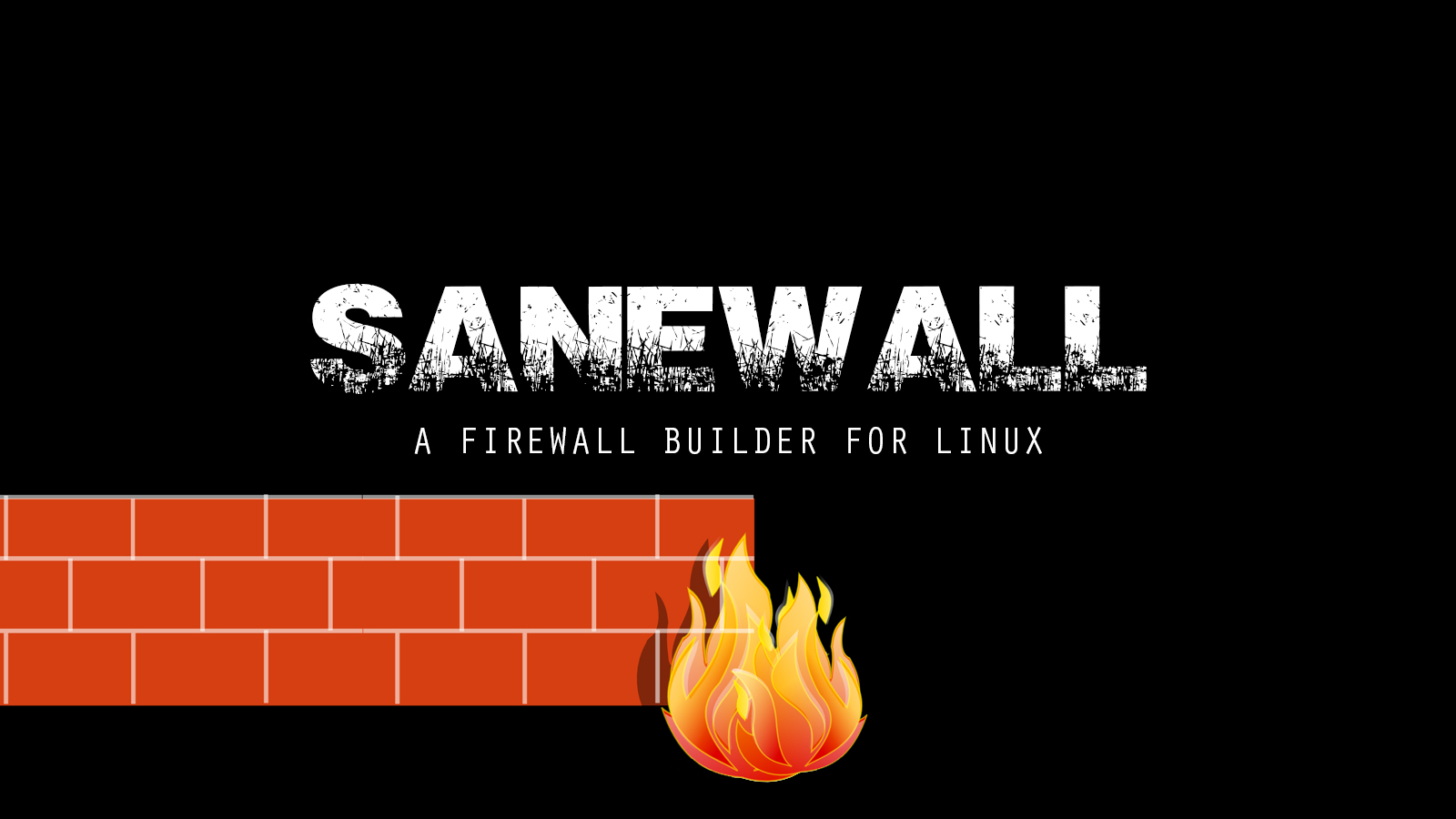

d -destination - address destination specification s -source - address source specification Useful for if you have rules that look similar without using -v. v - Display more information in the output. I INPUT 5 would insert the rule into the INPUT chain and make it the 5 th rule in the list. Takes two options, the chain to insert the rule into, and the rule number it should be. i - Only match if the packet is coming in on the specified interface. 7 is a good choice unless you specifically need something else. log-level - Log using the specified syslog level. Use double quotes around the text to use.

log-prefix - When logging, put this text before the log message. Allows the use of the -log-prefix and -log-level options. LOG - Log the packet, and continue processing more rules in this chain. REJECT - Reject the packet and notify the sender that we did so, and stop processing rules in this chain.ĭROP - Silently ignore the packet, and stop processing rules in this chain. By default, iptables allows four targets:ĪCCEPT - Accept the packet and stop processing rules in this chain. A single port may be given, or a range may be given as start:end, which will match all ports from start to end, inclusive. dport - The destination port(s) required for this rule. If this option is not used and -m limit is used, the default is "3/hour". limit - The maximum matching rate, given as a number followed by "/second", "/minute", "/hour", or "/day" depending on how often you want the rule to match. m limit - Require the rule to match only a limited number of times. INVALID - The traffic couldn't be identified for some reason.ESTABLISHED - The connection is already established.RELATED - The connection is new, but is related to another connection already permitted.

NEW - The connection has not yet been seen.ctstate - Define the list of states for the rule to match on. m conntrack - Allow filter rules to match based on connection state. Valid chains for what we're doing are INPUT, FORWARD and OUTPUT, but we mostly deal with INPUT in this tutorial, which affects only incoming traffic. Don't worry about understanding everything here now, but remember to come back and look at this list as you encounter new options later on. Here are explanations for some of the iptables options you will see in this tutorial. If you have just set up your server, you will have no rules, and you should see Chain INPUT (policy ACCEPT)
FIREWALL BUILDER UBUNTU HOW TO
There is a wealth of information available about iptables, but much of it is fairly complex, and if you want to do a few basic things, this How To is for you. Ubuntu comes with ufw - a program for managing the iptables firewall easily.
FIREWALL BUILDER UBUNTU INSTALL
When you install Ubuntu, iptables is there, but it allows all traffic by default. Iptables is a firewall, installed by default on all official Ubuntu distributions (Ubuntu, Kubuntu, Xubuntu).


 0 kommentar(er)
0 kommentar(er)
